This class looks at three and four note comping chords played beneath 8th note-based solo lines often played simultaneously (overlapping harmony and melody.)
This adds a very pianistic effect to the guitarist’s toolbox associated commonly with bebop piano. Many guitarists think of Lenny Breau’s comping beneath his melodies as primarily being two note chords (essential tones.)
Lenny often strived to play larger chords (comprised of three to four notes) which added further coloration to his music.
The emphasis in this class is on rootless three and four note chordal structures that serve as a method to play with a bassist adding those roots.
This puts the guitarist in the shoes of a bebop-style pianist which Lenny originated on the guitar.
Balancing comping with soloing, a “two-handed” approach for guitar, will yield new melodic and rhythmic ideas helping the guitarist to edit one’s solo lines while making the music swing harder.
Some of the examples are in keys that will encourage adding open string bass notes for use in a solo guitar context.
The class begins with II-V-I examples in both major and minor keys using the two basic types of harmonic rhythm. We will be adding to the essential tones on string sets 6 and 5 (or 5 and 4) by using 9ths on both adjacent and non-adjacent strings.
This is only half of the equation since melody lines will be moving above these colorful comping chords. We will also look at using triads on adjacent string sets below the moving solo lines.
Some of the examples use sustained chords while others employ staccato chords often on the off-beats for added swing.
The class ends with a 32-bar written solo over the often played standard tune It Could Happen To You played in the Lenny Breau-style (with three and four note comping chords below a solo line.)
Though this style of playing will challenge even the most experienced guitarist, it will be sure to make every guitarist a better overall musician through diligent practice of the material and concepts.
Since some of the chords (with melodies on top) will require using all 5 fingers of the right hand simultaneously, this class is aimed at the fingerstyle guitarist who is looking to learn and hone this technique, improving both technique and musical expression.
- Running time: 64 minutes
- 8 pages of PDF material in standard notation and TAB
- Bonus Live Q&A Included: 60 minutes

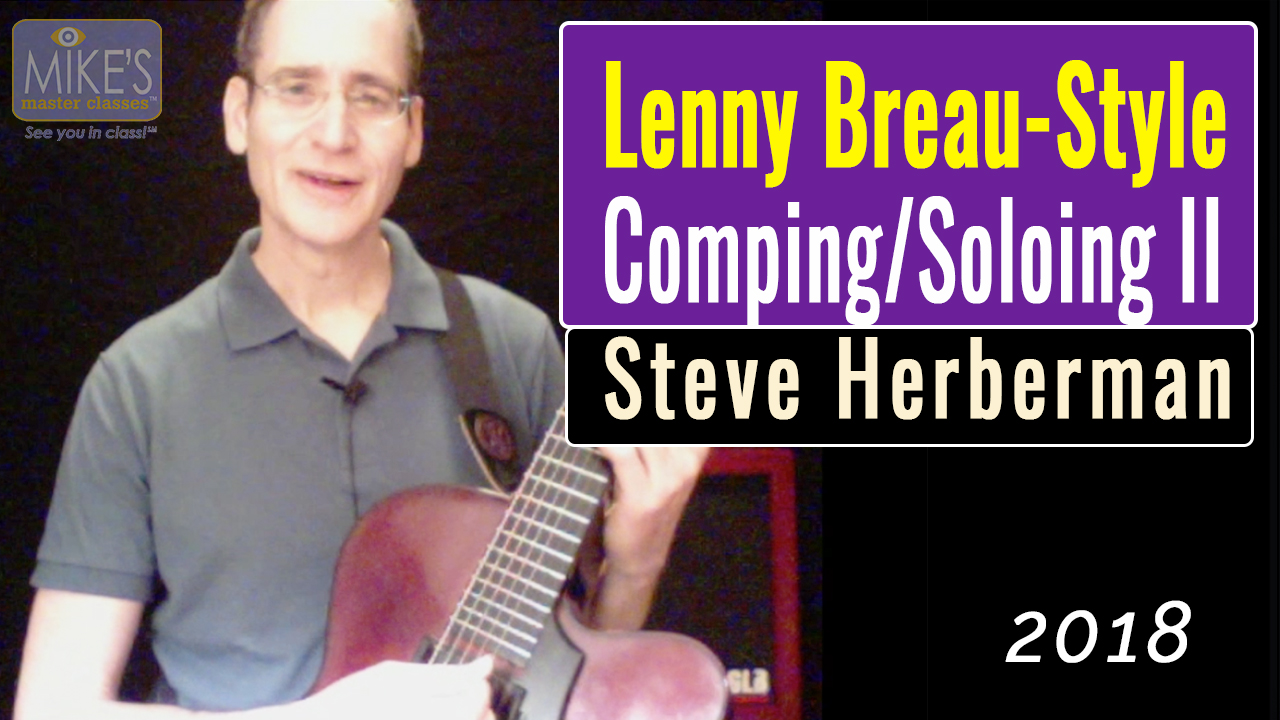
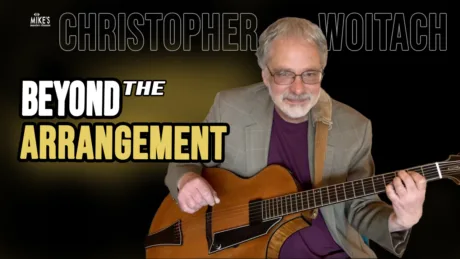
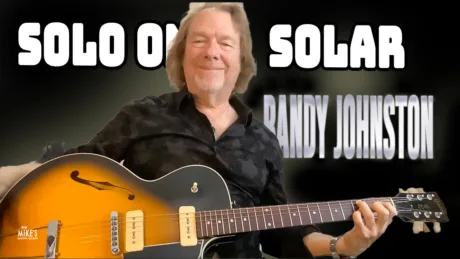
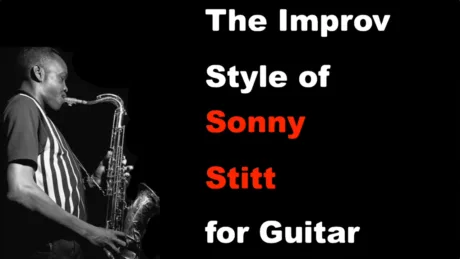





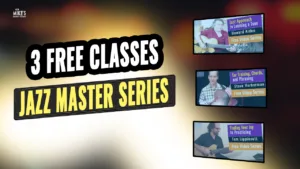

Lenny Breau Pt 2
Just as an aside, staring at one of Steve’s big 5 note voicings (example one again, the C7 ALT), the last three notes form a quatral voicing (note, P4, P4) but also represent the #9, #5 AND b9.
So therefore, any three note quatral voicing represents the juicy ALT sounds of a dominant.
Those are the kind of mental connections I try to make when working with this stuff. Nor just practicing by rote, but seeing what else I can find.
The guitarist Sid Jacobs one said you can go on any page of Bach’s partitas for solo violin or Charlie Parkers omnibook and take a few measures and spend an entire lifetime learning and working with them. So many diamonds are there to be found on every page .
I would never compare anybody to Bach or Bird, But Steve’s material as the same sort of quality: you can take a few measurements and you think about it and it can give you a whole bunch of material for entire lifetime . That’s the hallmark of a really good teacher and good instruction .
by Navdeep JhajLenny Breau pt. 2
Fantastic class, covering material I have never seen anywhere else either on the Web or in in-person lessons. Steve is a master of so many styles, but his knowledge of the history of jazz really comes through in this one.
by james seaberry